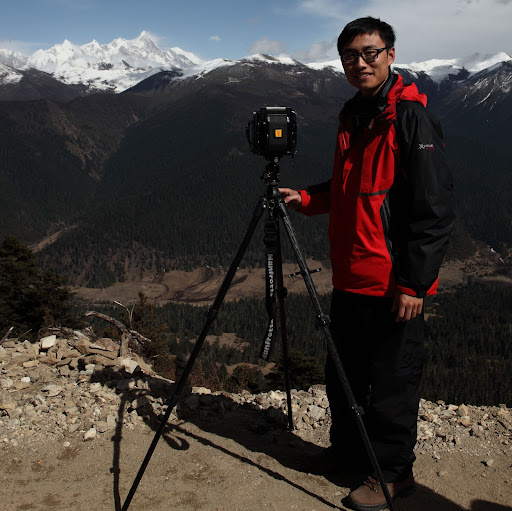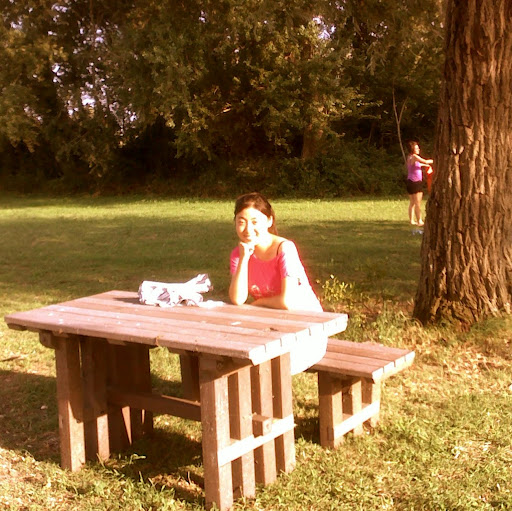Yu Cui Zheng
age ~32
from Pittsburgh, PA
- Also known as:
-
- Yu C Zheng
- Yu F Zheng
- Yufei P Zheng
- Yucui Zheng
- Cui Zheng Yu
- Fei Zheng Yu
- Phone and address:
-
424 Crimson Dr, Pittsburgh, PA 15237
(412)3676207
Yu Zheng Phones & Addresses
- 424 Crimson Dr, Pittsburgh, PA 15237 • (412)3676207
- Philadelphia, PA
- Forest, MS
License Records
Yu Zheng
Address:
Philadelphia, PA 19149
License #:
049285 - Expired
Category:
Cosmetology
Type:
Cosmetologist Temp Authority to Practice
Yu Zheng
Address:
Philadelphia, PA 19149
License #:
CO292180 - Active
Category:
Cosmetology
Type:
Cosmetologist
Yu Zheng
Address:
Philadelphia, PA 19149
License #:
CL184791 - Active
Category:
Cosmetology
Type:
Nail Technician
Yu Ze Zheng
Address:
Philadelphia, PA 19115
License #:
RS322515 - Active
Category:
Real Estate Commission
Type:
Real Estate Salesperson-Standard
Lawyers & Attorneys

Yu Zheng - Lawyer
view sourceAddress:
Winston & Strawn LLP
(229)22214xx (Office)
(229)22214xx (Office)
Licenses:
New York - Currently registered 2011
Education:
New York University School of Law
Us Patents
-
Robot Cyclic Locomotion Using A Dynamic Object
view source -
US Patent:20130238122, Sep 12, 2013
-
Filed:Mar 8, 2012
-
Appl. No.:13/415605
-
Inventors:Jessica HODGINS - Pittsburgh PA, US
Katsu YAMANE - Pittsburgh PA, US
Yu ZHENG - Pittsburgh PA, US -
Assignee:DISNEY ENTERPRISES, INC. - Burbank CA
-
International Classification:G06F 19/00
-
US Classification:700245, 901 1
-
Abstract:Techniques are disclosed for optimizing and maintaining cyclic biped locomotion of a robot on an object. The approach includes simulating trajectories of the robot in contact with the object. During each trajectory, the robot maintains balance on the object, while using the object for locomotion. The approach further includes determining, based on the simulated trajectories, an initial state of a cyclic gait of the robot such that the simulated trajectory of the robot starting from the initial state substantially returns to the initial state at an end of one cycle of the cyclic gait. In addition, the approach includes sending joint angles and joint velocities of the initial state to a set of joint controllers of the robot to cause a leg of the robot to achieve the initial state so the robot moves through one or more cycles of the cyclic gait.
-
Control Method For Floating-Base Robots Including Generating Feasible Motions Using Time Warping
view source -
US Patent:20160236349, Aug 18, 2016
-
Filed:Feb 18, 2015
-
Appl. No.:14/624665
-
Inventors:- Burbank CA, US
YU ZHENG - PITTSBURGH PA, US -
International Classification:B25J 9/16
B62D 57/032 -
Abstract:A control method, and a robot controller implementing the method, is provided that adapts human motions to floating-base humanoid robots with time warping techniques. The method of modifying a set of reference motions modifies the timeline of a reference motion so as to speed up or slow down one or more of the motions or motion segments. Through the use of time warping, the velocity and acceleration profiles of the motion are changed to turn an infeasible motion into a feasible one. The optimal time warping is obtained through a generalized motion feasibility index that quantifies the feasibility of a motion considering the friction constraint as well as the center-of-pressure (CoP) constraint. Due to the use of the motion feasibility index, the proposed motion adaptation method taught herein can be applied to motions on arbitrary terrains or with any number of links in contact with the environment.
-
Human Motion Tracking Control With Strict Contact Force Contstraints For Floating-Base Humanoid Robots
view source -
US Patent:20150051734, Feb 19, 2015
-
Filed:Oct 30, 2013
-
Appl. No.:14/067603
-
Inventors:Yu Zheng - Pittsburgh PA, US
-
International Classification:B25J 9/16
B62D 57/032 -
US Classification:700261, 901 1
-
Abstract:A controller for floating-base humanoid robots that can track motion capture data while maintaining balance. Briefly, the controller includes a proportional-derivative (PD) controller that is adapted to compute the desired acceleration to track a given reference trajectory at every degree-of-freedom (DOF) of the robot including the six unactuated ones of the floating base. Second, the controller includes a component (joint torque optimization module) that computes the optimal joint torques and contact forces to realize the desired accelerations given by the first component (i.e., the PD controller). The joint torque optimization module performs this computation considering the full-body dynamics of the robot and the constraints on contact forces. The desired accelerations may not be feasible for the robot due to limits in normal contact forces and friction (e.g., the robot sometimes cannot exactly copy or perform the modeled human motion defined by motion capture data).
Name / Title
Company / Classification
Phones & Addresses
YU NAILS & SPA LTD
TTT & K CO.
CLLCL GROUP, INC
GRAND BUFFET OH, INC
HANA STEAK HOUSE INC
IMPERIAL BUFFET, INC
Flickr
Plaxo

Zheng, Yu
view sourceColumbia Business School

Yu Zheng Wang
view source
Yu Xun Zheng
view source
Yu Mei Zheng
view source
Kevin Yu Zheng
view source
Yu Hui Zheng
view source
Yu Ting Zheng
view source
Yu Lu Zheng
view source
Shawn Lee Yu Zheng
view sourceGoogleplus

Yu Zheng
Work:
City University of Hong Kong
Education:
Washington University in St. Louis - Economics

Yu Zheng
Education:
Manchester Business School, University of Minnesota

Yu Zheng
Education:
Universita' per stranieri di Perugia - Comunicazione internazionale

Yu Zheng
Work:
Nokia Siemens Networks

Yu Zheng
Education:
Case Western Reserve University

Yu Zheng
Education:
Wu han university

Yu Zheng
About:
Hiking, Baking, Eating:)
Tagline:
I love baking!

Yu Zheng
Classmates

Yu Zheng (Chen)
view sourceSchools:
Sylvania Arbor Hills Junior High School Sylvania OH 1999-2001
Community:
Jeff Leybourn, Christena Smith, Trent Johnson, Dorwin Kujawski, Julie Harris
Myspace
Youtube
Get Report for Yu Cui Zheng from Pittsburgh, PA, age ~32














